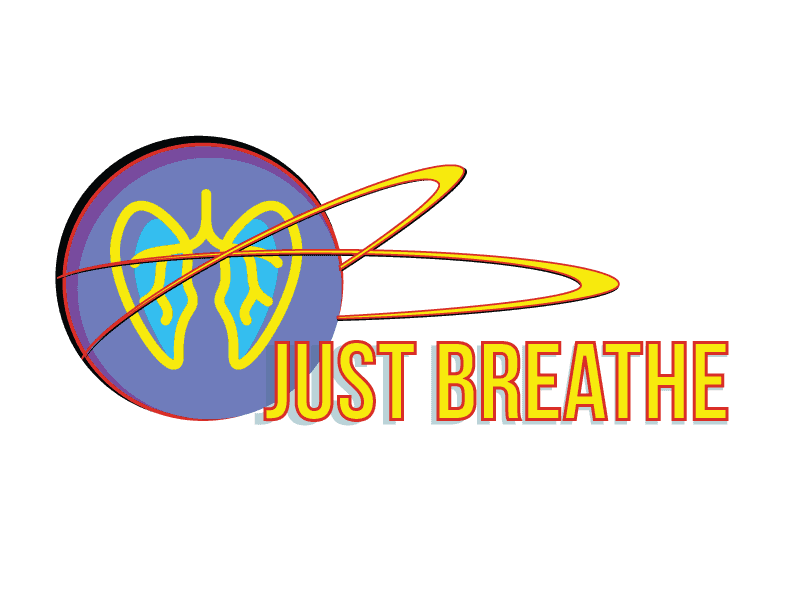The Heart-Brain Connection is the link between our heart and brain that regulates our physiological responses to our environment, including our emotions and stress levels. HeartMath is a set of techniques and tools that help individuals regulate this connection and achieve optimal physiological and emotional functioning. In education, HeartMath can be a powerful tool for building resilience, social-emotional competencies, and cognitive skills in students.
The Science Behind HeartMath
The science behind HeartMath is based on the principles of heart-brain communication and the role of the autonomic nervous system in regulating physiological responses. The autonomic nervous system is responsible for controlling involuntary functions such as heart rate, blood pressure, and digestion. The two branches of the autonomic nervous system are the sympathetic nervous system, which triggers the “fight or flight” response, and the parasympathetic nervous system, which activates the “rest and digest” response.
The HeartMath Institute has conducted extensive research on the physiological effects of emotions on the heart and brain, as well as the importance of coherence for optimal functioning. Studies have shown that Heart Rate Variability (HRV), which is the variation in time between successive heartbeats, is a marker of physiological and emotional well-being. High HRV is associated with lower levels of stress, better emotional regulation, and improved cognitive performance.
HeartMath Techniques for Education
HeartMath offers a range of techniques and tools that can be used to achieve coherence and build resilience, social-emotional competencies, and cognitive skills in students.
The Quick Coherence Technique involves three simple steps: focus on your heart, breathe in for five seconds, and breathe out for five seconds while imagining your breath flowing in and out of your heart. This technique can be used to reduce stress, improve emotional regulation, and enhance cognitive performance.
EmWave technology is a biofeedback tool that measures HRV and provides real-time feedback on coherence levels. This tool can be used to train students in HRV biofeedback and cognitive performance.
The Heart-Lock-In technique involves focusing on a positive feeling such as love, appreciation, or gratitude and imagining it flowing into your heart. This technique can be used to improve focus and impulse control.
HeartMath and Education
In education, HeartMath techniques can be used to support social-emotional learning (SEL) and trauma-focused therapies. SEL programs aim to develop students’ emotional intelligence, self-awareness, and relationship skills. Trauma-focused therapies aim to help students process and cope with trauma and stress.
HeartMath techniques are aligned with SEL and grit, flow, and emotional intelligence frameworks, promoting resilience, perseverance, and self-awareness. HeartMath can help students achieve readiness for learning, improve academic focus, and restore a feeling of well-being.
Implementing HeartMath in Education
To implement HeartMath techniques in K-12 education, educators and schools can integrate HeartMath tools into classroom activities and lesson plans. Teachers and school staff can be trained on HeartMath techniques and tools, and HeartMath can be incorporated into existing SEL and trauma-focused therapy programs.
Success Stories of HeartMath in Education
Studies have shown that HeartMath techniques can improve academic performance and emotional resilience in students.
- San Francisco Unified School District (SFUSD) SFUSD implemented HeartMath techniques in its wellness program and saw significant improvements in students’ academic performance and emotional well-being. The district reported a 20% increase in students’ attendance rates and a 50% reduction in student suspensions. Additionally, SFUSD found that students who participated in the HeartMath program showed significant improvements in emotional regulation and stress reduction.
- Jefferson County Public Schools (JCPS) JCPS implemented HeartMath techniques in its alternative school program for students with emotional and behavioral issues. The district reported significant improvements in students’ attendance, behavior, and academic performance. Specifically, JCPS found that students who participated in the HeartMath program showed a 34% reduction in absenteeism, a 25% reduction in disciplinary referrals, and a 12% increase in reading and math proficiency.
- University of California, San Francisco (UCSF) UCSF conducted a randomized controlled trial to assess the effectiveness of HeartMath techniques in reducing stress and improving cognitive function in medical students. The study found that students who received HeartMath training showed significant improvements in stress reduction, cognitive function, and emotional regulation compared to the control group. The study also found that HeartMath techniques were effective in reducing burnout and improving well-being in medical students.
- HeartMath Institute The HeartMath Institute has conducted numerous studies on the effectiveness of HeartMath techniques in improving emotional regulation, cognitive performance, and overall well-being. The institute has found that HeartMath techniques can be effective in reducing stress, anxiety, and depression, as well as improving sleep quality and immune function.
These success stories and research findings demonstrate the potential benefits of HeartMath in education. By helping students regulate their emotions, build resilience, and improve cognitive performance, HeartMath techniques can enhance students’ readiness for learning and academic success.
Results of using HeartMath in the classroom
Using HeartMath techniques on a regular basis can create a positive climate in the classroom and allow students to learn by feeling safe, seen, and cared about. Here’s how:
- Emotional Regulation HeartMath techniques can help students regulate their emotions and reduce stress, which can create a more relaxed and positive classroom environment. When students feel emotionally regulated, they are more likely to be engaged in learning and less likely to be distracted or disruptive.
- Connection and Relationship Building HeartMath techniques involve connecting with positive emotions such as love, appreciation, and gratitude. When teachers and students practice these techniques together, it can create a sense of connection and build positive relationships. This can create a safe and caring environment where students feel seen and valued.
- Empathy and Compassion HeartMath techniques can also promote empathy and compassion in the classroom. When students practice techniques like the Heart-Lock-In or Quick Coherence, they are encouraged to focus on positive emotions and cultivate a sense of care and compassion for themselves and others. This can promote a culture of kindness and empathy in the classroom.
- Improved Focus and Learning HeartMath techniques can improve students’ focus and attention, which can enhance their ability to learn and retain information. When students are in a state of coherence, their brain and nervous system are in optimal functioning, allowing them to think more clearly and efficiently.
By using HeartMath techniques on a regular basis, teachers can create a positive classroom climate where students feel welcome and supported. This can lead to improved academic performance, emotional regulation, and overall well-being. By promoting emotional intelligence and social-emotional learning, HeartMath can be an essential tool for creating a positive and effective learning environment in education.
At Christiana Frank Consulting and KidScape Productions, we offer a range of HeartMath tools and techniques that help students achieve a state of coherence, where their heart, brain, and nervous system are in alignment and in sync. By developing coherence, students can enhance their emotional regulation, cognitive performance, and overall well-being.
















